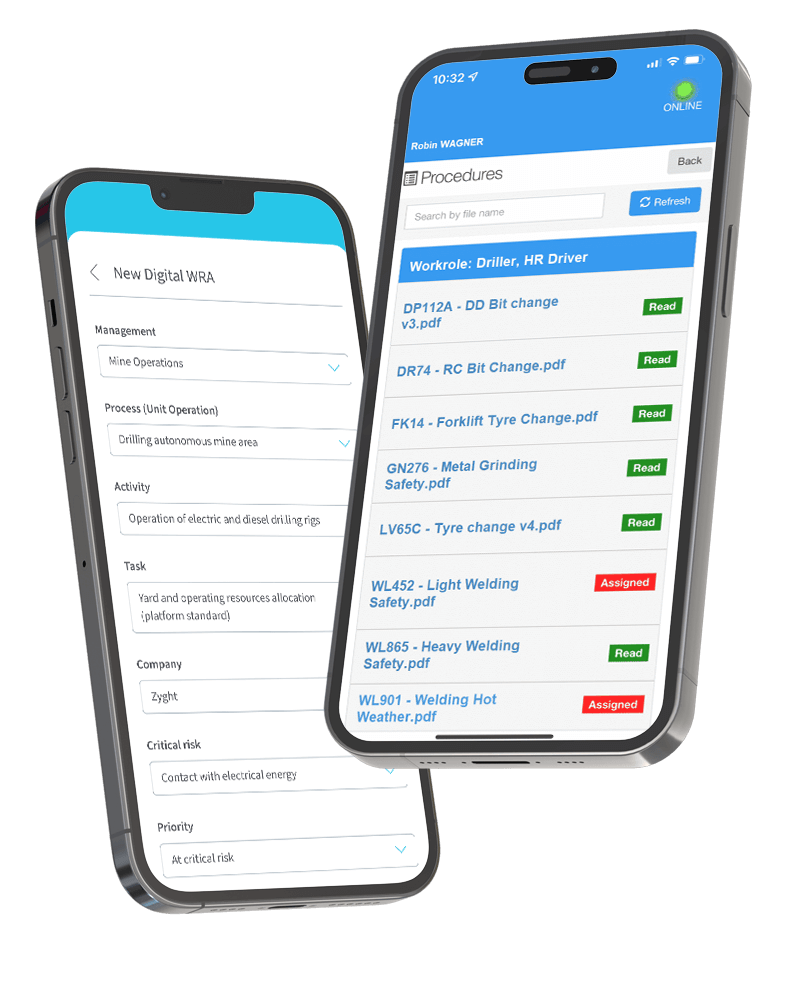Understanding and implementing effective ESG risk mitigation strategies is now essential for organizations aiming to stay resilient, compliant, and credible. From climate change to ethical sourcing and data transparency, ESG-related risks can impact both reputation and bottom line. Tools like iSystain empower companies to address these challenges with data-driven confidence.
Identifying ESG Risks: Climate, Compliance, and Reputation
ESG risks are broad and complex—but understanding them is the first step to managing them. These risks typically fall into three categories:
- Environmental: Risks related to climate change, emissions, and resource depletion. For example, rising regulatory pressure on carbon disclosures can impact industries from energy to finance.
- Social: Human rights issues, labor conditions, and community impact can disrupt supply chains or damage brand perception.
- Governance: Gaps in ethics, compliance, and transparency can lead to litigation or regulatory penalties.
According to the World Economic Forum, climate-related issues account for 5 of the top 10 global risks by severity. That makes proactive ESG risk identification more critical than ever.
Proactive ESG Risk Mitigation Strategies
Successful ESG risk mitigation strategies go beyond box-checking. They embed sustainability and ethics into daily operations. Here’s how:
- Risk Assessments: Regularly evaluate ESG risks across operations and value chains.
- Stakeholder Engagement: Involve internal and external stakeholders in risk reviews and response planning.
- Compliance Tracking: Stay ahead of evolving global and local ESG regulations.
- Scenario Planning: Use modeling tools to assess potential impacts of climate-related risks.
- Transparent Reporting: Build trust with transparent ESG disclosures based on real-time data.
By moving from reactive to proactive, organizations can turn ESG risks into strategic opportunities.
The Role of Digital Tools in ESG Risk Management
Technology is a game-changer when it comes to ESG. Advanced platforms provide:
- Centralized Data: Consolidate ESG metrics for clearer insights and better reporting.
- Automated Alerts: Monitor regulatory changes and risk thresholds in real time.
- Custom Dashboards: Visualize performance across ESG KPIs.
- Audit Trails: Ensure accountability and compliance readiness.
Gartner notes that 50% of large enterprises will use ESG software platforms by 2026 to drive performance and reporting. The right digital solution accelerates risk response and improves stakeholder confidence.
How iSystain Enhances ESG Risk Mitigation Strategies
iSystain stands out as a powerful tool for ESG risk mitigation strategies. It integrates seamlessly into enterprise systems, enabling organizations to:
- Identify ESG risks across global operations and suppliers.
- Manage incident reporting and corrective actions.
- Align ESG initiatives with recognized frameworks like GRI, SASB, and TCFD.
- Track real-time compliance metrics and materiality assessments.
- Automate ESG reporting for transparency and audit-readiness.
With iSystain, businesses can connect strategy to action—reducing risks while boosting long-term sustainability outcomes.
Why iSystain Is Key for ESG Risk Management
In a world of rising ESG expectations, having a smart, scalable tool like iSystain is no longer optional—it’s a competitive advantage. Whether your focus is climate resilience, regulatory compliance, or ethical governance, iSystain helps identify, manage, and reduce ESG risks across the enterprise.


